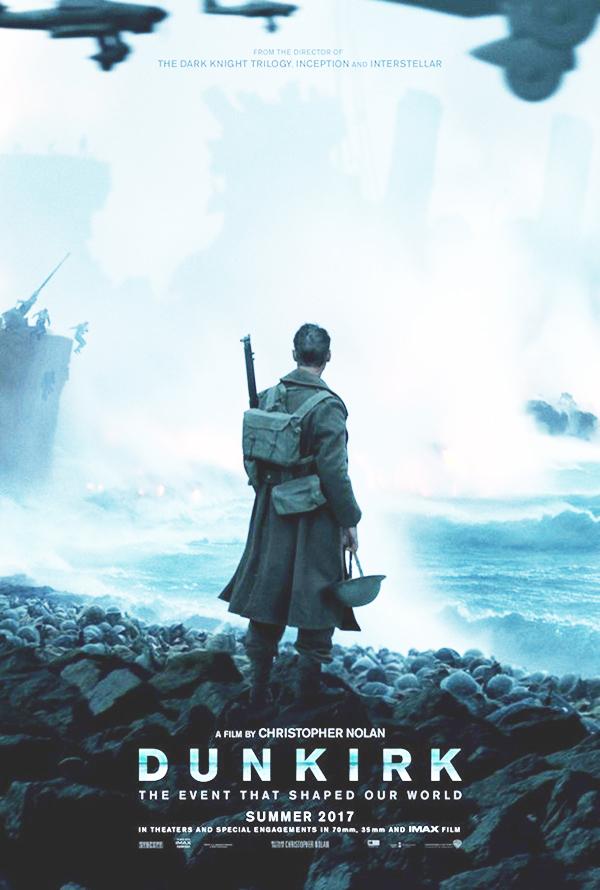“Dunkirk” chronicles the famous rescue mission by the British during WWII to
evacuate Allied servicemen from Axis-overrun France. Director Christopher Nolan, known for his movies like “Inception,” “Interstellar” and the Batman Trilogy, depicts the stories of these embattled men as they fight to survive on land, sea and air, told from these three perspectives and plot lines.
From the start, viewers are dropped right into the bombs, bullets and battles of this monumental fight. On land, we follow the soldiers on the war-torn beach; at sea, we view the world through the eyes of both military and civilian sailors, enduring explosive sinkings and gunfire; and in the air, we ride in the copilot’s seat through numerous airstrikes.
We are introduced to a number of key characters quickly, but the film wastes no time in delivering an action-packed war drama. Many viewers may have been driven to watch by the appearance of One Direction band member Harry Styles who plays Alex, a soldier at sea.
Though Styles may have brought a number of young filmgoers to the theater, it’s clear that Nolan makes his presence known but makes sure not to distinguish him as a frontman—Styles simply contributes to a collective cast of characters—this may come as a disappointment to some audience members, but Nolan isn’t in the business of designating a single protagonist. This film comes across as a real team effort by a number of talented actors. Others who contributed include Kenneth Branagh, who can also be seen in films like “Thor” and “Cinderella,” in “Dunkirk” he portrays a prevalent British general. Cillian Murphy is also seen in a number of Nolan’s other films. However, given that there are multiple faces at the forefront of this film, viewers may find it more difficult to connect with individual characters of this movie.
The testament of not only what war looks like but also what it feels like is well conveyed by the actors.
Nolan made sure that his war film has characteristics that set it apart from others in this genre. For example, lighting in this movie plays a large role in how the events that occur have a unique perspective to them. The entire film is viewed with a dim blue tint, adding an aura that contributes to the emotion viewers feel throughout the production. The scores in this film are conducted by Hans Zimmer, who also contributed to films like “Lion King” and “Gladiator” along with a number of Nolan’s other productions. Zimmer orchestrates a rich and heavy theatrical sound that deeply entices audiences and makes character dialogue feel unnecessary.
The film has a long runtime. This plays to Nolan’s advantage, giving him a license to approach an old battle with his own perspective. Drawn-out scenes can also make the action sequences feel a bit anticipatingly predictable, but though these scenes are foreseeable, they don’t disappoint. This is also contradicting though because drawing out this film makes it feel as though it’s unfolding in a slow manner. The final scenes of the film stack up in a way that can be seen as a confusing conclusion. This film relies heavily on the orchestrated sounds of Hans Zimmer’s creation; this element of the film demonstrates Zimmer’s tremendous precision and detail and makes up for Nolan’s minor shortcomings. Though this film may lack in character investment, the attention to detail in the light sequences and soundscapes make for a theatrical experience that will be difficult to discard.


























